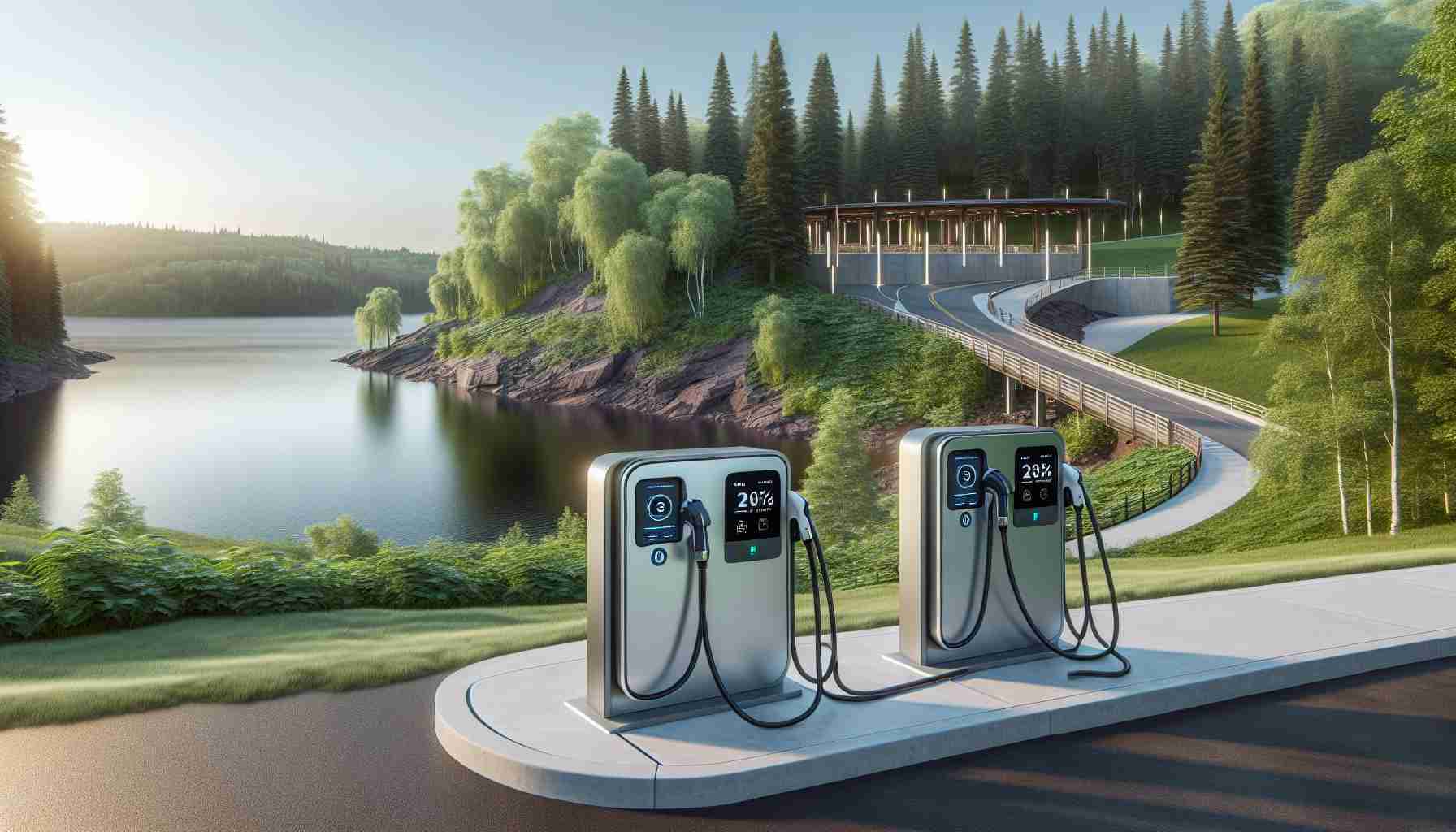The growth of electric vehicles in Minnesota has prompted the installation of 13 new fast charging stations across the state. These stations, funded by the National Electric Vehicle Infrastructure (NEVI) program, aim to provide convenience and accessibility for electric vehicle owners. The selection process for these locations was rigorous, ensuring that they were strategically placed and easily accessible for drivers.
Among the selected locations are popular travel centers and convenience stores around the state. These establishments, such as Circle K Stores, Pilot Travel Centers, and Kwik Trip, will now offer fast charging services to support the increasing number of electric vehicles on the roads. With multiple charging ports and round-the-clock accessibility, these stations are set to make long-distance travel more feasible for EV drivers.
Minnesota Department of Transportation (MnDOT) is taking proactive steps to expand the state’s EV charging infrastructure. The announcement of these new charging stations is just one part of their efforts to create a reliable and widespread network of charging facilities. By seeking input from the community and planning for future funding opportunities, MnDOT is committed to supporting sustainable transportation options for Minnesotans.
As electric vehicle technology continues to advance and gain popularity, the addition of these fast charging stations is a crucial step towards a more sustainable future. With the promise of more stations to come in the next rounds of funding, Minnesota is well on its way to becoming a more EV-friendly state, encouraging the adoption of clean energy vehicles and reducing our carbon footprint on the roadways.
The expansion of electric vehicle charging infrastructure in Minnesota not only benefits drivers but also plays a crucial role in advancing the state’s sustainable initiatives. In addition to the 13 new fast charging stations recently installed, several key facts shed light on further enhancements to the state’s electric vehicle infrastructure.
What are some important questions surrounding the installation of new electric vehicle charging stations in Minnesota? One crucial question is related to the scalability of the charging network. Will there be enough stations to meet the growing demand as more electric vehicles hit the roads? Another important consideration is the integration of renewable energy sources to power these stations, ensuring a truly sustainable charging solution.
Key Challenges: One of the key challenges associated with the expansion of charging stations is the need for standardized charging interfaces and protocols. Ensuring compatibility among different electric vehicle models is essential to provide a seamless charging experience for all drivers. Additionally, the allocation of sufficient funding to support the maintenance and expansion of the charging network poses a significant challenge that needs to be addressed for long-term viability.
Advantages: The presence of fast charging stations at popular travel centers and convenience stores not only enhances convenience for electric vehicle owners but also promotes the adoption of clean energy vehicles among the general public. The strategic placement of these stations along major travel routes encourages long-distance travel and reduces range anxiety for EV drivers, supporting the overall growth of the electric vehicle market.
Disadvantages: Despite the benefits of expanding the charging infrastructure, concerns may arise regarding the environmental impact of manufacturing and disposing of electric vehicle batteries. Additionally, the upfront costs associated with building and maintaining charging stations can be a barrier to widespread adoption, especially in rural areas with lower population density.
Minnesota residents and policymakers alike recognize the importance of investing in electric vehicle infrastructure to achieve environmental and economic sustainability. By addressing key challenges, leveraging the advantages, and acknowledging potential disadvantages, the state can continue moving towards a future where electric vehicles play a significant role in reducing carbon emissions and promoting cleaner transportation options.
For more information on electric vehicle infrastructure developments in Minnesota, visit Minnesota Department of Transportation.
